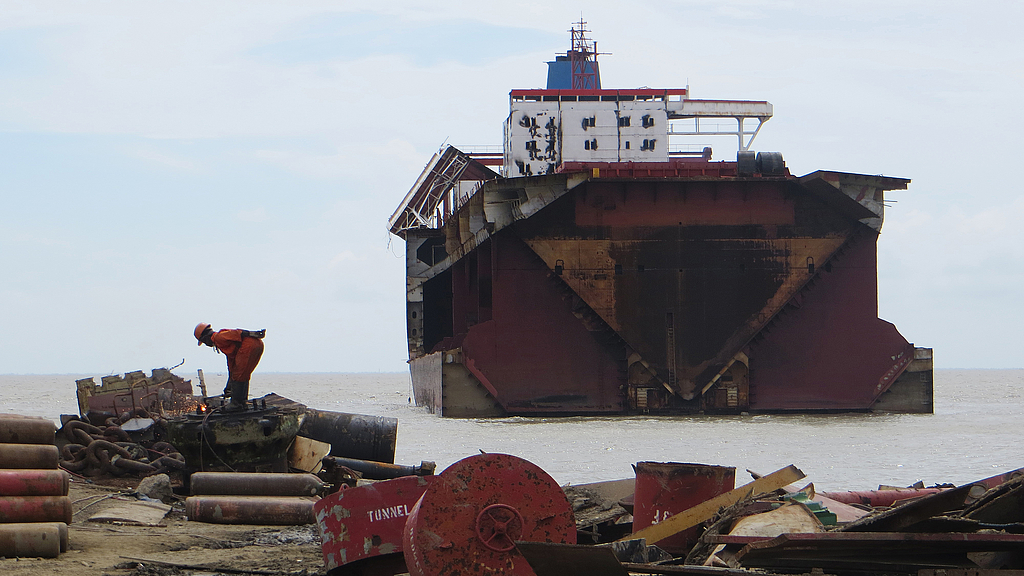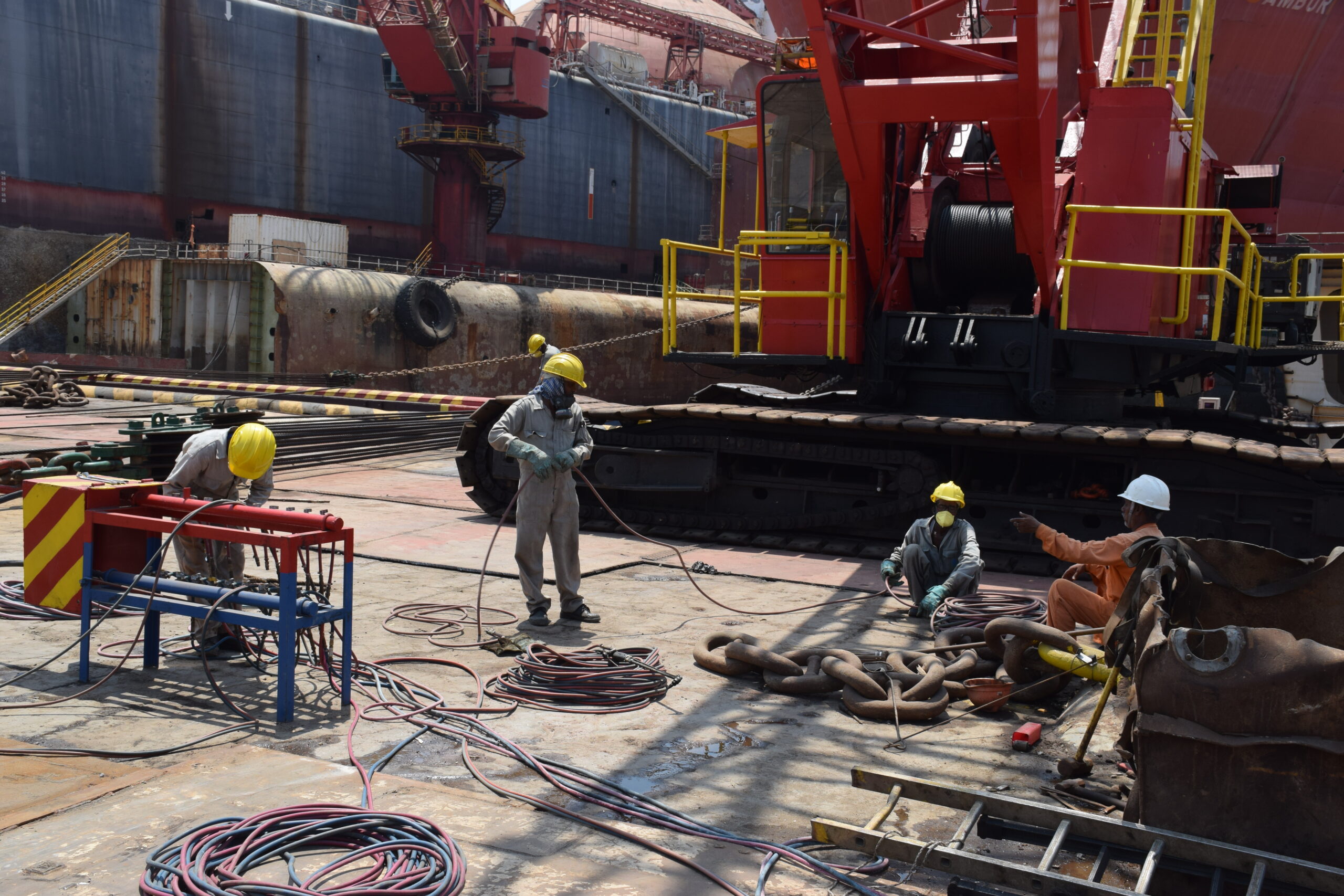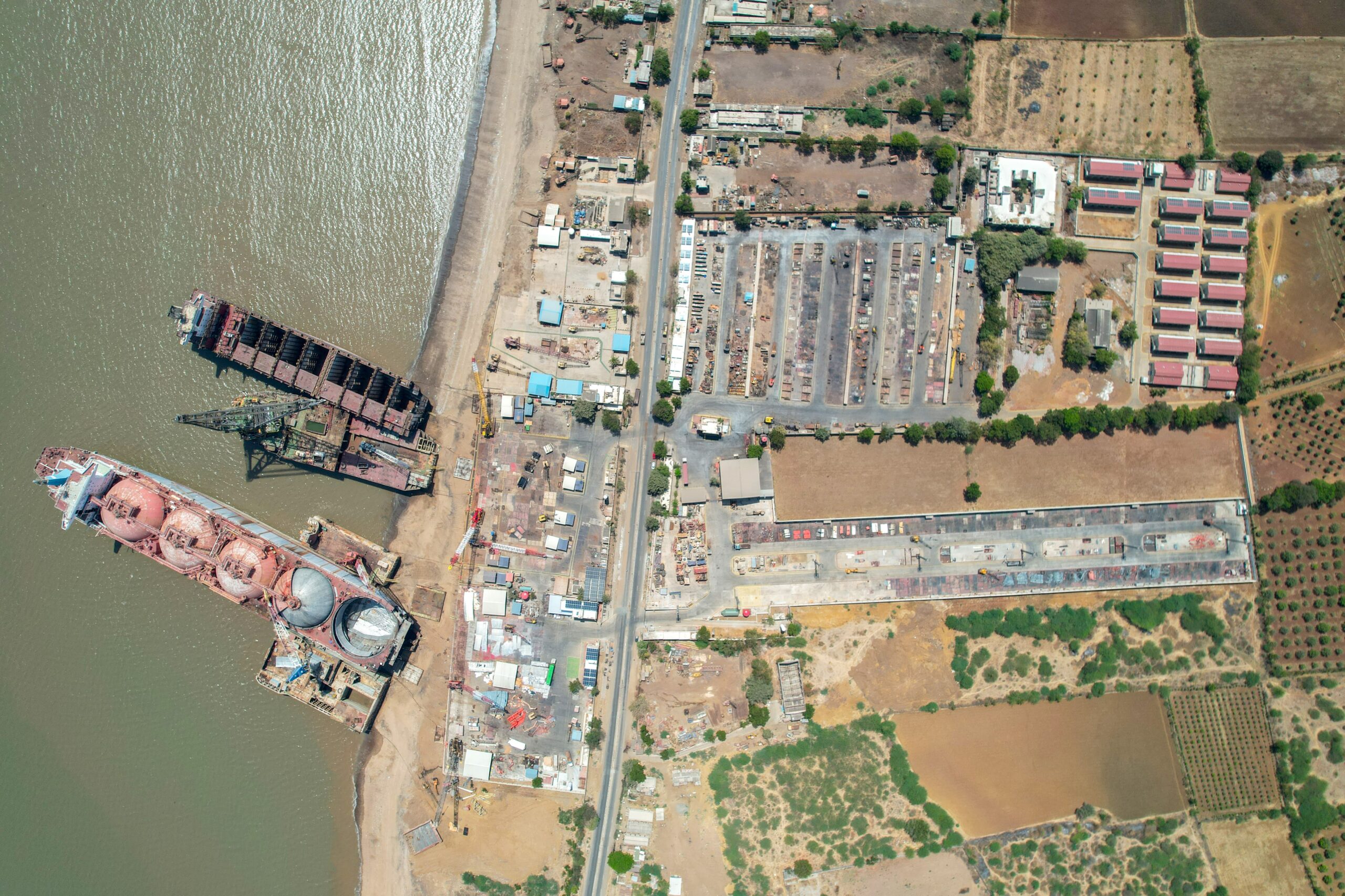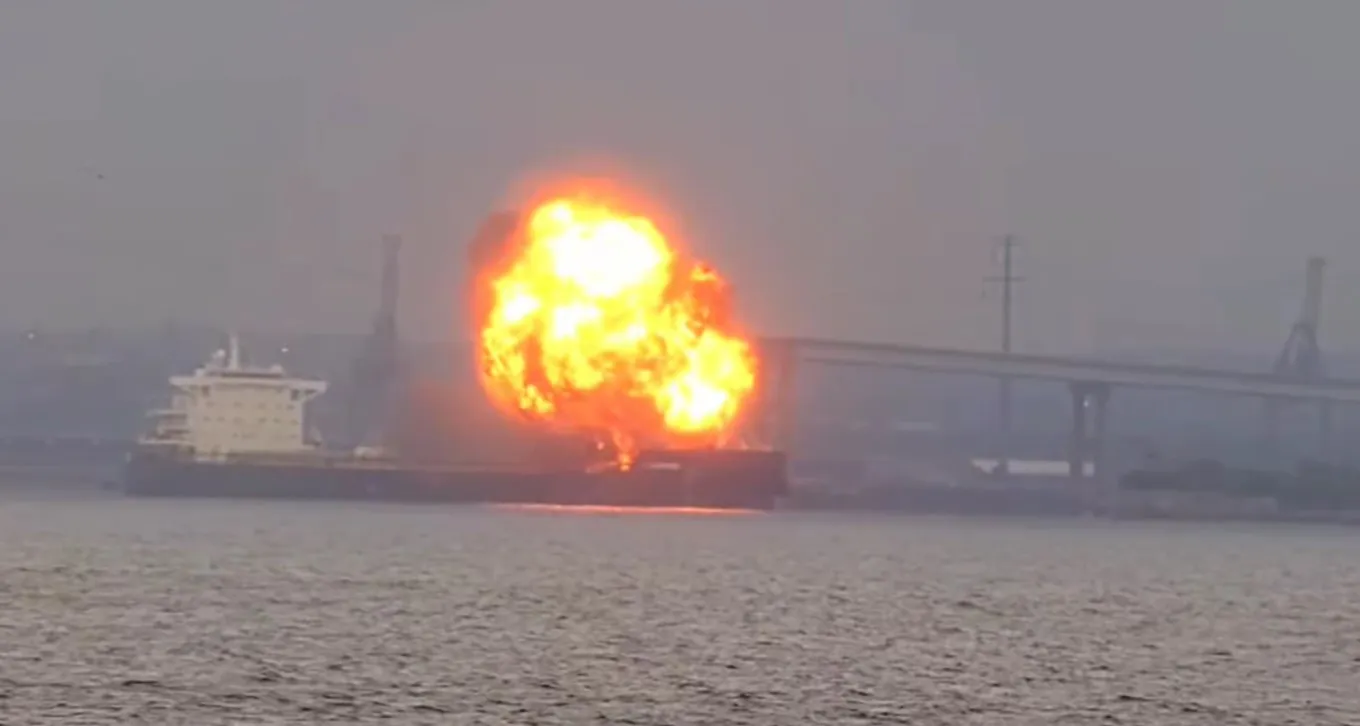Global Ship Recycling Market Hit by Freight Rate Uptick and Tonnage Scarcity: GMS
The global ship recycling market is experiencing turbulence as rising freight rates and a scarcity of tonnage disrupt operations. According to the latest report by GMS, the world’s largest cash buyer of ships for recycling, market volatility driven by tariffs, oil prices, and currency fluctuations has significantly slowed ship recycling activities across key markets.
Freight Rates Disrupt Ship Recycling
In recent weeks, the global shipping sector has seen a notable uptick in freight rates, particularly in the dry bulk segment. While wet freight rates have remained relatively stable, the dry sector’s surge has restricted the flow of end-of-life vessels to recycling yards. This scarcity of tonnage has become evident at subcontinent ports, including India and Pakistan, where the once-bustling shipbreaking yards are seeing reduced activity.
Pakistan, in particular, has returned to an empty port position, highlighting the significant drop in available vessels for dismantling. The slowdown comes after a brief period of increased activity in the Panamax sector, where owners of aging 1990s-built ships managed to extend their earnings by fixing their vessels for further voyages. These vintage units, which were expected to head for recycling, are now contributing to the scarcity as owners capitalize on the favourable freight environment.
Market Volatility and Tariff Impact
The ship recycling market has not been immune to broader economic factors. The imposition of tariffs, particularly those associated with the U.S.-China trade tensions and the policies of former U.S. President Donald Trump, introduced a fresh wave of volatility. While the initial tariffs subdued oil markets, ongoing sanctions and rising U.S. oil reserves have recently pushed oil prices back towards the $70 per barrel mark.
This fluctuation in oil prices affects operational costs across the maritime industry, influencing both freight rates and the financial feasibility of ship recycling. Many shipowners are opting to keep their vessels operational, hoping to maximize returns in a buoyant freight market rather than selling them for scrap.
Currency Fluctuations Add to Uncertainty
Currency instability further complicates the ship recycling landscape. The U.S. Dollar’s decline has impacted the economies of key ship recycling nations, including India, Bangladesh, and Pakistan. Local currencies are struggling to stabilize, leading to additional challenges in setting competitive and sustainable ship recycling prices.
Local steel plate prices, a critical factor for recyclers, have also exhibited volatility. While some markets are seeing stagnation, others are registering declines, reducing the profitability of ship recycling operations. The combined pressures from currency and commodity price fluctuations have resulted in recycling market offerings dropping by as much as $30 per light displacement ton (LDT) in early 2025.
Potential Market Recovery?
Despite the downturn, there is cautious optimism for a rebound as Q1 2025 progresses. With workable and firm recycling candidates becoming scarce, the persistent demand to acquire vessels for dismantling may revive prices. Pakistan’s recent purchase of a smaller LDT unit, following months of inactivity, suggests a possible reawakening of market interest.
However, Pakistan’s ship recycling market still faces significant challenges. Since October 2024, the nation has seen only one vessel arrive at its waterfront, underscoring the depth of the slowdown. Market participants remain hopeful that an increased supply of tonnage could stimulate trading activity in the months ahead.
Regulatory Pressures and Infrastructure Upgrades
Regulatory changes are also influencing ship recycling dynamics. In Bangladesh, ship recyclers are working to upgrade facilities and infrastructure ahead of the Hong Kong International Convention for the Safe and Environmentally Sound Recycling of Ships (HKC), which comes into force in July 2025. The upgrades are particularly pressing in Chattogram and Gadani, where compliance with the new regulations is crucial for maintaining market competitiveness.
India’s Alang shipbreaking yards, long considered a global hub for ship recycling, remain well-positioned to adapt to the new regulatory environment. With nearly all yards prepared to operate under HKC guidelines, Alang is likely to retain its status as a leading destination for ship dismantling, especially as Pakistani recyclers begin to vie for market share.
Turkey’s Market Struggles
Meanwhile, Turkey’s ship recycling market continues to struggle amid economic uncertainty. The Turkish Lira has depreciated sharply, approaching half the value of the Indian Rupee, adding to market instability. Limited market activity and the absence of significant developments have left Turkish recyclers in a precarious position, with hopes pinned on economic stabilization and improved global market conditions.
Outlook: Navigating Through Uncertainty
As the global economy adjusts to these complex and dynamic conditions, the ship recycling market must navigate challenges ranging from freight rate trends and currency fluctuations to regulatory compliance and infrastructure readiness. While the scarcity of tonnage has driven down recycling offers, the potential for a rebound remains if the balance between supply and demand shifts in the coming months.
With ongoing infrastructure upgrades and strategic positioning, ship recyclers in South Asia could capitalize on opportunities when market conditions stabilize. However, the overarching influence of geopolitical developments, oil price trends, and local economic policies will continue to play a crucial role in shaping the ship recycling market’s trajectory throughout 2025.
Author: shipping inbox
shipping and maritime related web portal











